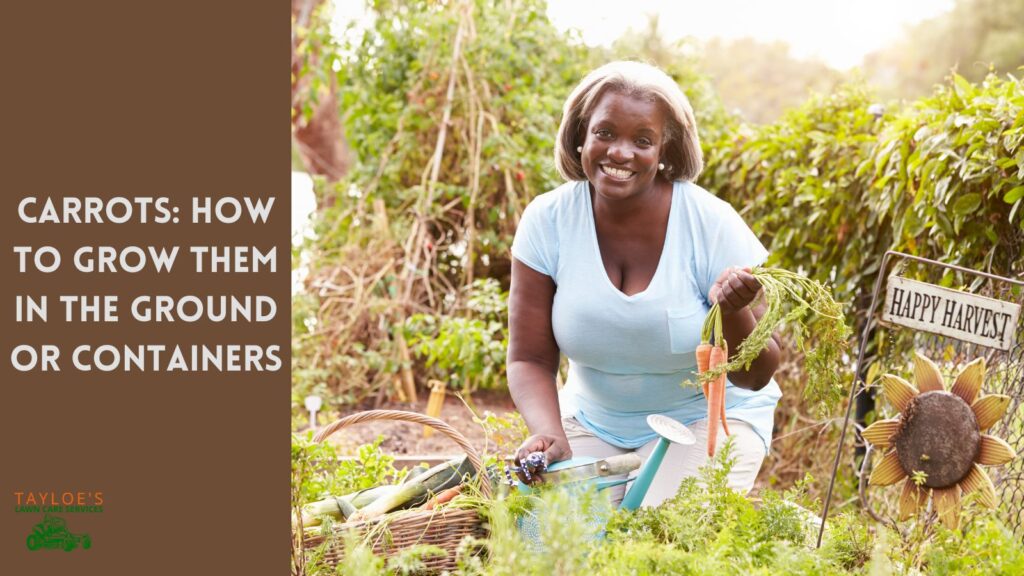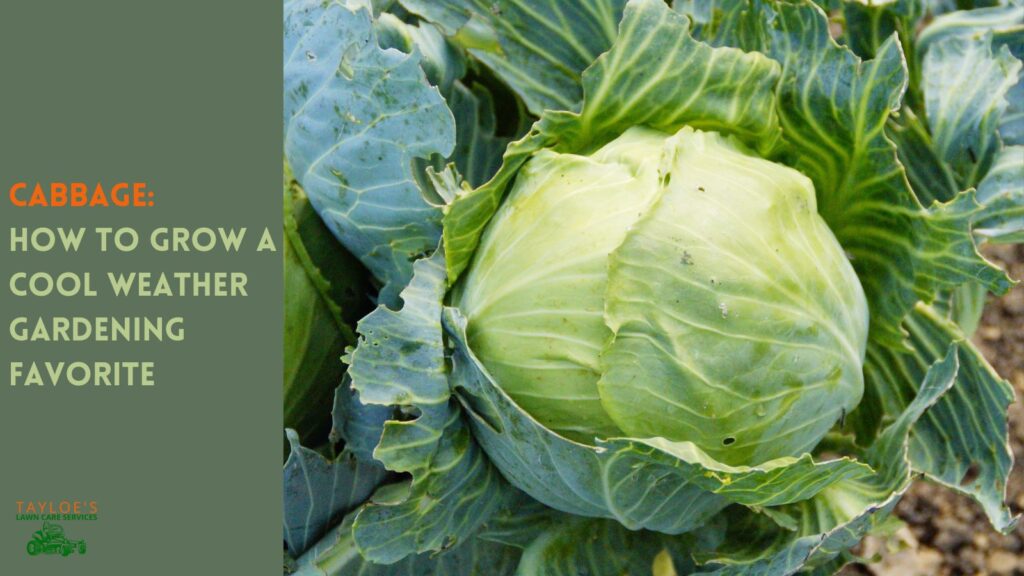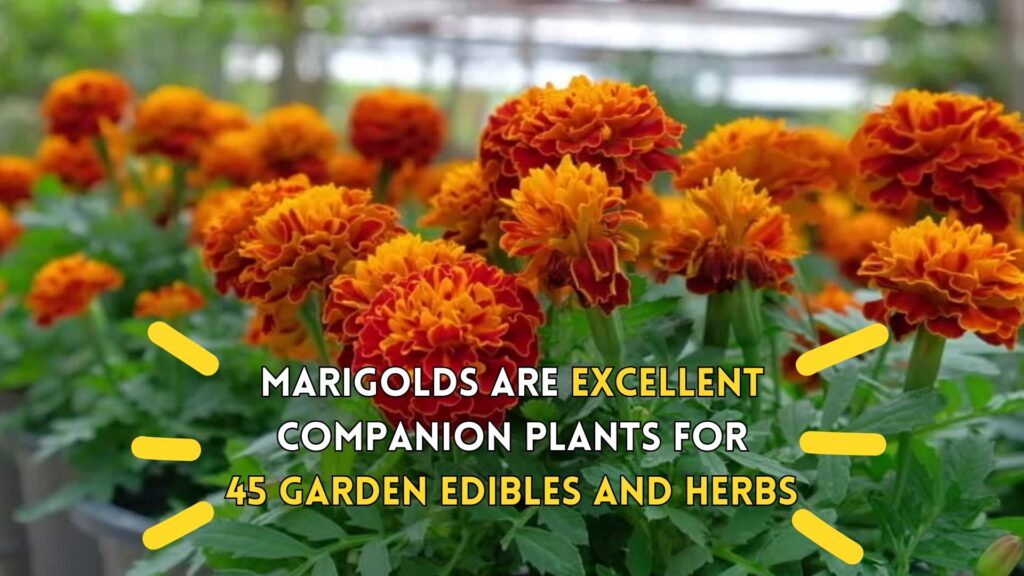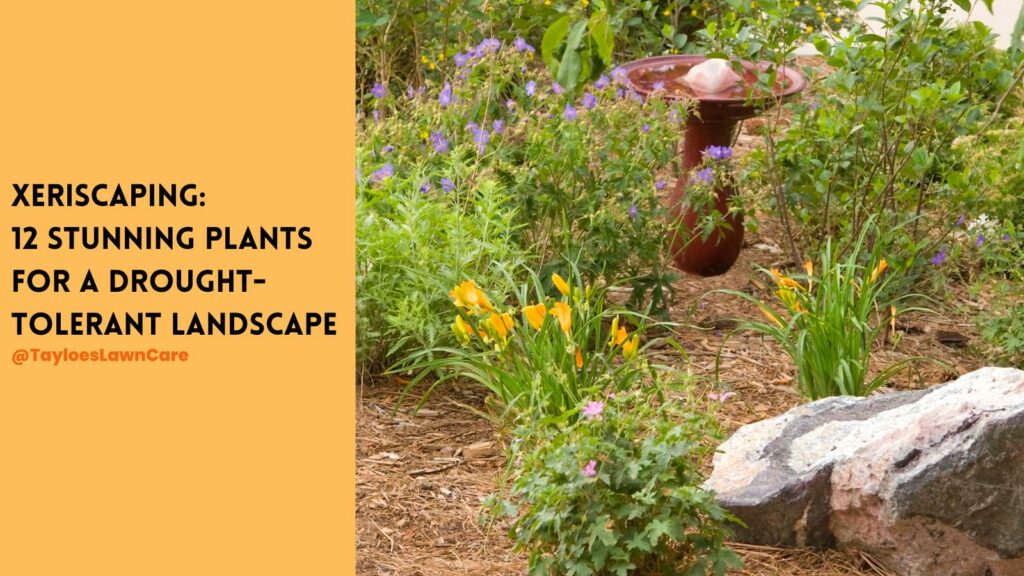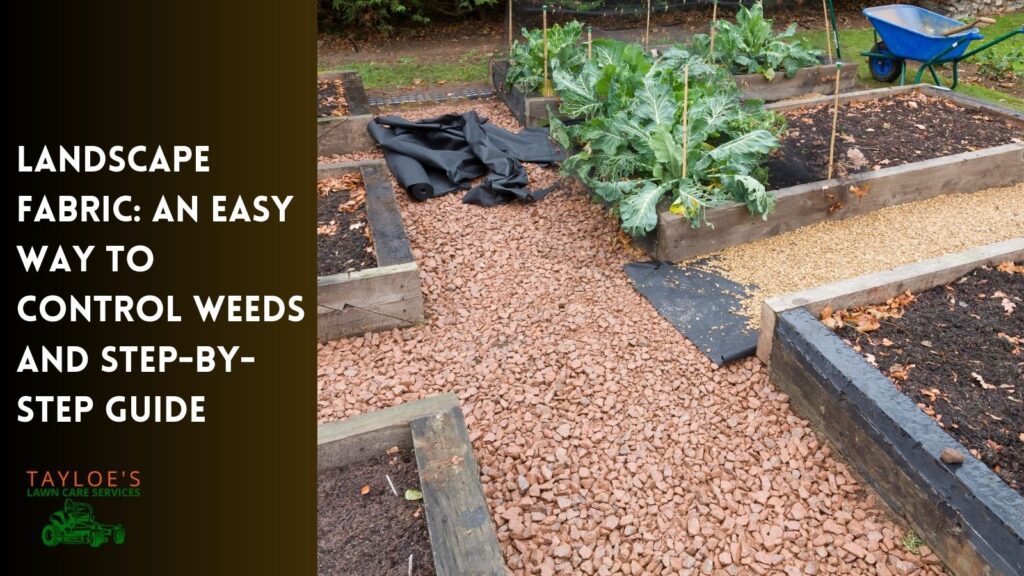Last Updated on: 7th July 2024, 11:02 am
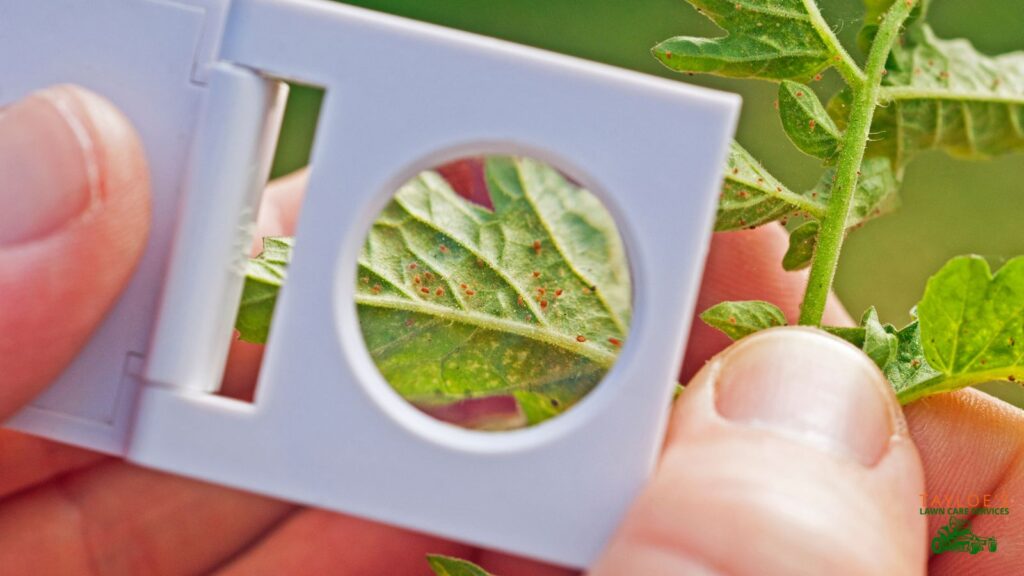
Flowers & Herbs that help repel bugs.
Never heard of companion planting for pest control? Are you tired of those pesky garden invaders chomping through your hard work? I bet you’ve tried nearly everything to keep those critters at bay.
It’s downright frustrating.
You plant. You nurture, and then—blammo!—nature’s little anarchists (ahem tomato hornworms) tear through your tomatoes like they own the place.
I hear you.
And that’s why I’m here so we can turn the tables on these unwanted guests with just a single strategy:
Companion planting.
This method isn’t just a game-changer; it’s a garden-changer.
Let’s do this!
First off…
What is Companion Planting?
Simply put, companion planting is a method in which different crops are planted in proximity to control pests, pollinate, provide habitat for beneficial insects, maximize space use, and increase crop productivity.
This approach is rooted in the idea that certain plants can benefit others when planted next to or near one another. Some people prefer to avoid chemical pest control. Fortunately, companion planting can be a highly effective way to implement organic pest control, albeit time and labor intensive.
Another Point: What Are Some of the Most Damaging Bugs in North Carolina?
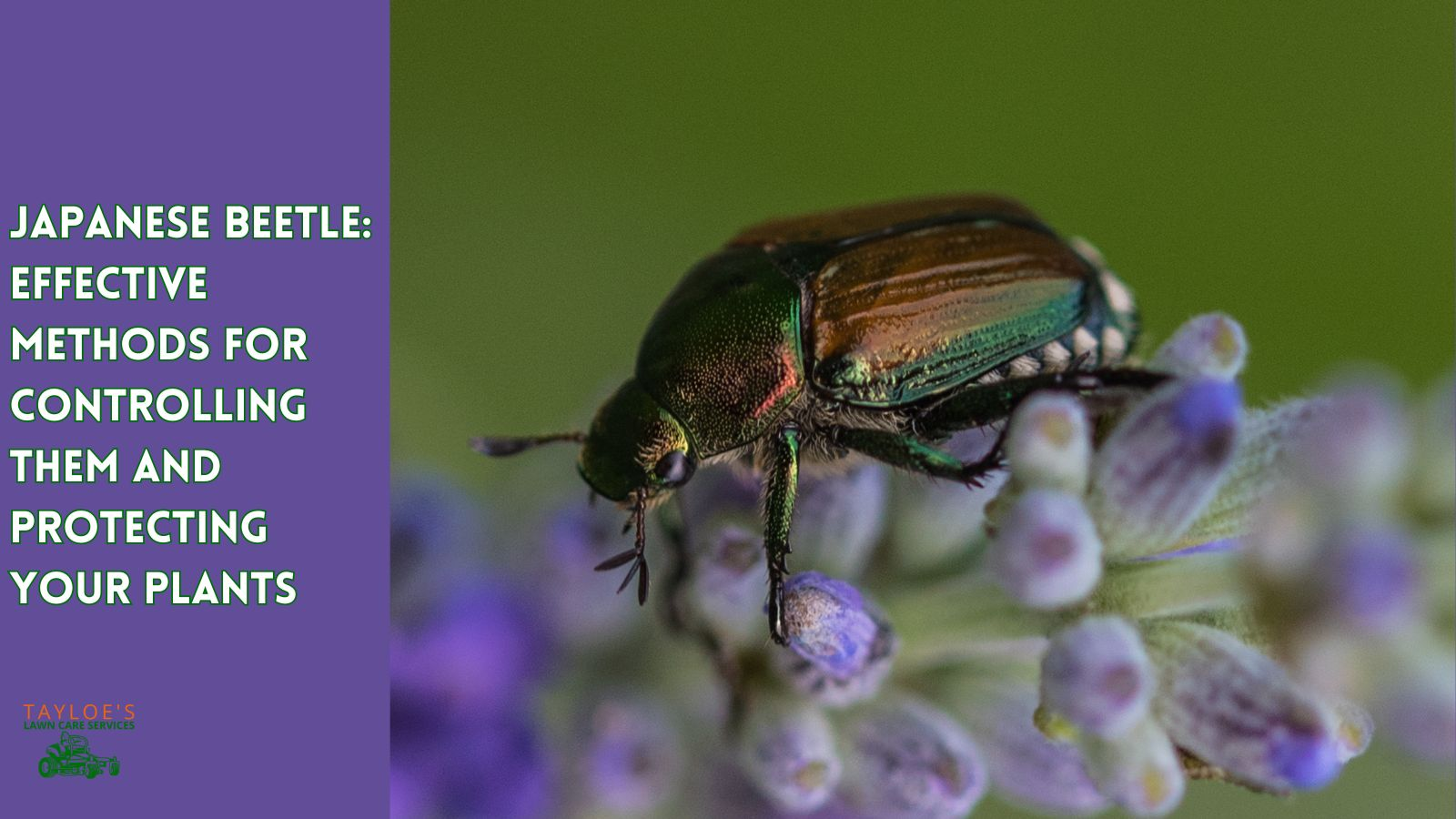
Here are some of the frequent unwanted visitors you may find in the garden bed in North Carolina:
Cabbage moths lay eggs in your cabbage patch. And they don’t mind eating other leafy greens, either. As the worms hatch, the baby cabbage moths (aka the cabbage worm or cabbage maggots) eat the leaves. Thyme is a good way to deter pests such as cabbage moths.
Carrot flies can quickly destroy all your hard work. According to NC State University’s Ashe County Ag Extension office, the carrot fly dislikes hanging out with sage or rosemary.
Various beetles are very destructive. Among them, you can count Japanese beetles, asparagus beetles, flea beetles, potato beetles, Mexican bean beetles, and Colorado potato beetles. Marigolds are a powerhouse that stops them in the early season. Try chrysanthemums for the fall.
The tomato hornworm rapidly eats your tomato plants, often before you can reap the benefits. Basil plants can be your best companion plants to prevent this situation.
We will get into more of the flowers and herbs that repel insects later in this post. These are just a few primary examples.
The Benefits of Companion Planting in Northeastern NC
The definition of companion planting shared above gives a great overview of this organic . But let’s dive deeper into the specific benefits of employing companion planting in your garden in Northeastern North Carolina:
Natural Pest Control Attracts Beneficial Insects
You can naturally manage pests by strategically pairing certain plants without using chemical pesticides.
For example, planting garlic near fruit trees can help repel fruit tree borers. Or you can plant marigolds near tomato plants to deter root nematodes.
Enhanced Pollination by Planting the Right Flowers and Herbs
Plants that attract beneficial insects can boost the productivity of the entire garden.
For instance, placing bee-friendly plants like lavender or borage near crops that require pollination can increase the yields of fruits and vegetables due to better pollination.
Provision of Habitat for Beneficial Bugs
Creating a habitat for beneficial insects makes them more likely to visit and stay in your garden.
Planting sweet alyssum or cosmos can attract predatory insects that help control pest populations naturally.
Maximized Use of Vegetable Gardens
The practice allows for the efficient use of both vertical and horizontal gardening space.
Planting taller plants like corn with lower-growing crops like squash effectively uses space and can even help reduce the proliferation of weeds.
Increased Crop Productivity Using Natural Pest Management
Some plant combinations can directly enhance plant growth and fruit production.
The classic Native American “Three Sisters” planting of corn, beans, and squash is a great example. Beans fix nitrogen in the soil, which benefits the nutrient-hungry corn, while squash acts as a living mulch, controlling weeds and preserving soil moisture.
Soil Health and Healther Root Systems With Companion Planting
Companion planting for pest control can also improve soil structure and fertility.
For example, deep-rooted plants can help break up the soil, making nutrients more accessible to shallow-rooted companions. Healthy plants can better ward off bugs.
Disease Reduction
Some plant combinations can reduce disease risk by changing the microclimate around plants or by secreting substances that inhibit pathogens.
Rotating crops each year as part of your companion planting strategy can also help prevent the buildup of soil-borne diseases.
Using a Trap Crop or Trap Plant
A trap crop or trap plant is an effective pest control strategy used in vegetable gardens to protect primary crops from pests. You can lure pests away from the main crops by planting certain crops that are more attractive to pests. Here’s how it works:
Cabbage Moths and Worms: Planting trap crops like mustard or collards around cabbage can attract cabbage moths and worms, diverting them from the main crop. This method reduces the damage to the main cabbage plants.
Carrot Flies: To protect carrots from carrot flies, interplanting with members of the carrot family, such as dill or fennel, can serve as a trap crop, drawing the flies away from the carrots.
Squash Bugs and Asparagus Beetles: Gardeners can keep squash bugs away from more vulnerable squash varieties by planting trap plants like blue hubbard squash, which are highly attractive to squash bugs. Similarly, planting tomatoes near asparagus can attract and trap asparagus beetles.
Spider Mites: Beans can be used as trap crops for spider mites, protecting other plants like strawberries. The beans attract the mites, which can then be managed more easily.
Onion Flies: Planting trap crops like garlic or chives can help control onion flies. These plants emit a strong scent that attracts the flies, sparing the main onion crop.
Tomato Hornworm: Planting dill or basil near tomatoes can act as a trap crop for the tomato hornworm, reducing its impact on the tomatoes.
Mexican Bean Beetles: Marigolds are often planted to deter Mexican bean beetles. The beetles are attracted to the marigolds, which can then be treated or removed to reduce beetle populations.
Herbs and Flowers: Planted marigolds and other herbs and flowers serve as trap crops and attract beneficial insects like parasitic wasps. These beneficial insects prey on pests such as the cabbage looper and cabbage worm, providing organic pest control.
Well-Drained Soil: Effective trap cropping requires well-drained soil to ensure the health of both the trap crops and the main crops. Healthy trap crops more effectively attract pests away from the primary plants.
Using trap crops such as mustard, dill, blue hubbard squash, beans, garlic, basil, and marigolds can effectively manage pests like cabbage moths, carrot flies, squash bugs, asparagus beetles, spider mites, onion flies, tomato hornworm, Mexican bean beetles, and more. This approach protects the main crops and supports organic pest control by enhancing biodiversity and attracting beneficial insects to the vegetable garden.
Our Top Picks: Best Companion Plants for Northeastern NC
Now, with the benefits laid out, let’s look at some of the best companion plant pairs specifically suited for the climate and soil conditions of Northeastern North Carolina (Zones 7b & 8a):
Tomatoes and Basil
This pairing enhances the flavor of your tomatoes; basil acts as a natural repellent to thrips, whiteflies, and tomato hornworms.
The strong scent of basil is believed to mask the odor of tomatoes, making it harder for pests to locate their target.
Cucumbers and Nasturtiums
Nasturtiums serve a dual purpose when planted near cucumbers. They attract cucumber beetles away from cucumbers and also lure pollinators necessary for cucumber production.
Additionally, the peppery leaves of nasturtiums can repel aphids, flea beetles, and other pests with their strong scent.
Cabbage and Dill
Dill attracts parasitic wasps that prey on cabbage worms, common pests in cabbage and other brassicas.
Peppers and Petunias
Petunias are not just ornamental; they are particularly good at repelling aphids, a common pest for pepper plants.
The vibrant petunia flowers attract pollinators and brighten your vegetable garden.
Potatoes and Horseradish
Planting horseradish near potatoes can boost their disease resistance. It’s also a boon for dealing with the common potato beetle or the imported Colorado potato beetle. Horseradish is also resilient against the challenging humidity and pests in Northeast NC.
Carrots and Chives
The Carrot Fly is a common pest. Fortunately, chives can improve carrots’ flavor while repelling carrot flies, a common problem in many gardens.
The strong scent of chives confuses these pests, making it difficult for them to find their preferred host plants.
Squash and Marigolds
Marigolds are a powerhouse in any garden because they repel squash bugs and nematodes, among other pests. Conversely, they are also helpful for attracting beneficial insects.
The roots of marigolds produce a toxic substance for many harmful insects, but they are safe for other plants and beneficial insects. Planting marigolds can benefit summer or winter squash.
Beans and Marigolds
Similarly, when planted with beans, marigolds help to deter bean beetles and other pests while improving the soil’s health by discouraging harmful nematodes.
Are you seeing the recurring theme here?
Marigolds make a great companion plant! Its scent is off-putting to many of these bugs.
Corn, Beans, and Squash (The Three Sisters)
An ancient and highly effective companion planting trio, where each plant supports the others in a sustainable cycle.
Beans fix nitrogen in the soil, benefiting the nitrogen-loving corn, while squash provides a living mulch that suppresses weeds and maintains soil moisture.
Strawberries and Borage
Borage not only improves strawberry yield and flavor but also deters strawberry-eating pests.
Its star-shaped flowers attract pollinators while deterring pests with their cucumber-like fragrance. Keep an eye on borage – it can be a pretty aggressive grower!
Apples and Chives
Planting chives around apple trees can help prevent apple scab disease if you have more space.
Chives also deter pests like aphids and spider mites that frequently affect apple trees.
How to Set Up Companion Planting in Your Garden
You now have the list of excellent companion plants for your area in Northeastern NC. What is next?
Here are some practical steps to help you integrate these pairings into your vegetable, herbs, and flowers effectively:
1. Design Your Garden Layout
Visualize and Plan: Sketch your garden space, allocating specific plant areas based on their companion benefits.
Consider factors like whether you have shade or full sun exposure, soil type, and the mature size of the plants.
Group Effectively: Position companion plants together to leverage their mutual benefits, such as pest control and enhanced pollination. For instance, place marigolds near plants that are susceptible to nematodes.
2. Prepare the Soil
Conduct a Soil Test. This will help you understand your soil’s nutrient levels and pH and determine the necessary adjustments to support your chosen plants.
Amend Accordingly: Add organic matter, such as well-rotted manure or organic compost, to improve soil structure and fertility. Adjust pH by adding lime or sulfur-based on your soil test results.
Note whether you have well-drained soil. Standing water can invite some species, such as the asparagus beetle.
3. Choose the Right Time for Planting
Seasonal Timing: Each plant has a preferred planting time, which can be found in seed packets or planting guides. Coordinate the planting times of companions to ensure they can support each other from the start. For example, ensure that pollinator-attracting plants bloom concurrently with crops that need pollination.
Stagger Plantings: To extend the harvest period and ensure continuous support between companions, consider staggering the planting times by a few weeks.
4. Implement the Planting
Start with Transplants or Seeds: Depending on the plant species and your preference, you may start with seeds directly sown into the garden or young plants from a nursery.
Proper Spacing: Follow spacing guidelines to give each plant enough space to thrive but close enough to benefit each other.
5. Maintain Your Garden
Watering Needs: Ensure consistent moisture based on the plants’ needs, keeping in mind that some companions may have different requirements. Well-drained soil is usually the best condition for most garden flowers and herbs.
Weeding and Mulching: Keep the area free from weeds, which can compete for nutrients and water.
Mulching helps retain moisture and suppresses weeds, besides adding organic matter as it decomposes.
6. Monitor and Adjust
Pest and Disease Checks: Regularly inspect your plants for signs of pests and diseases.
Early detection means you can manage issues before they become severe.
Tweak as Needed: If you notice some plants are not thriving or pest issues are occurring, consider adjusting your companion plantings or adding other beneficial plants.
7. Record Keeping
Document Everything: Keep a detailed journal of what plants are grown here and any notable successes or issues.
This information will be invaluable for planning future garden layouts and improving your companion planting strategy.
8. Review and Rotate
Annual Review: At the end of the growing season, evaluate what worked and what didn’t. Use this information to plan next year’s garden.
Practice Crop Rotation: Rotate the locations of plants each year to avoid depleting the soil of specific nutrients and disrupt the life cycles of pests and diseases.
And that’s it!
Companion Planting for Pest Control: To Repel Insects and Attract Beneficial Insects Is a Must
Imagine your garden thriving, free of pests, where your tomatoes and basil flourish side by side, each warding off invaders.
This vision can be your reality.
Start today by sketching out your garden and noting which plants you can pair.
Need a nudge?
Place marigolds near your veggies to keep away the nibblers. Attract beneficial insects to eat aphids that would otherwise destroy your prize-winning rose bushes.
You’ve got this!
Companion planting is nature’s way of building a resilient garden. So, why wait?
Roll up your sleeves, grab some seeds, and transform your garden into a pest-free sanctuary.
Let’s dig in and plant some peace of mind!
Author Profile

- Maureen Abuor
- Maureen Abuor is a professional content marketing strategist and SEO strategist, with particular knowlege of creating landscaping and gardening content that informs and delights her audience. When she's not working, she's a busy mother of three precious little ones and child of God.
Latest entries
 Lawn CareApril 29, 2025Best shady area grass seed for Eastern NC
Lawn CareApril 29, 2025Best shady area grass seed for Eastern NC GardeningApril 15, 2025How do I make organic soil for the garden?
GardeningApril 15, 2025How do I make organic soil for the garden? Flower GardenMarch 7, 2025What are wave petunias?
Flower GardenMarch 7, 2025What are wave petunias? Flower GardenMarch 3, 202520 Full-sun annuals for your spring and summer garden
Flower GardenMarch 3, 202520 Full-sun annuals for your spring and summer garden

